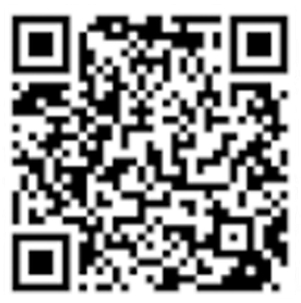Sewing thread is the thread required for knitted clothing products. Sewing thread can be divided into three categories: natural fiber, synthetic fiber sewing thread and mixed sewing thread according to the raw material. With the development of the polyester industry, more and more pure polyester fibers are used as raw materials for sewing threads. So how much do you know about sewing threads? Below, we might as well learn about the relevant knowledge of sewing thread!
Sewing thread
1. Types and characteristics of sewing thread
Sewing thread refers to the thread used to stitch textile materials, plastics, leather products, and sewing books and magazines. The sewing thread has the characteristics of sewability, durability and appearance quality. Sewing threads are roughly divided into three types: natural fiber type, chemical fiber type, and mixed type due to their different materials.
1. Cotton sewing thread
Good heat resistance, poor elasticity, abrasion resistance, moisture resistance, and anti-bacterial ability. It is suitable for high-speed sewing and durable pressing.
2. Polyester sewing thread
High strength, smooth and beautiful stitches, wear-resistant; no mildew and no rot, low price, rich color, not easy to fade, and no shrinkage.
3. Polyester cotton sewing thread
It is made of 65% polyester staple fiber and 35% cotton fiber blended. The thread has high strength, good abrasion resistance, low shrinkage, good flexibility and elasticity, and good heat resistance. Can sew all kinds of clothes.
4. Nylon sewing thread
Strong elongation, good elasticity, smooth texture, silky luster, and excellent abrasion resistance.
2. How to choose sewing thread?
1. Choose the material of the sewing thread first;
2. Whether the sewing thread is neat after forming, if it is not formed neatly, there may be too many internal joints or uneven thickness;
3. The degree of fluffing of the sewing thread;
4. After the sewing thread is dyed at high temperature, whether it is shaped back to its original thickness;
5. Whether the elongation rate of the sewing thread meets the standard that you need;
6. The pulling force meets its own standards;
7. Whether the roughness meets international and national standards;
8. The color fastness is up to standard (different standards can be customized according to customer requirements);
9. Whether it meets environmental protection requirements (environmental protection requirements are based on customer requirements, and the requirements for each country are different);
10. The length detection can calculate the gram-weight ratio according to different specifications




 客服
客服